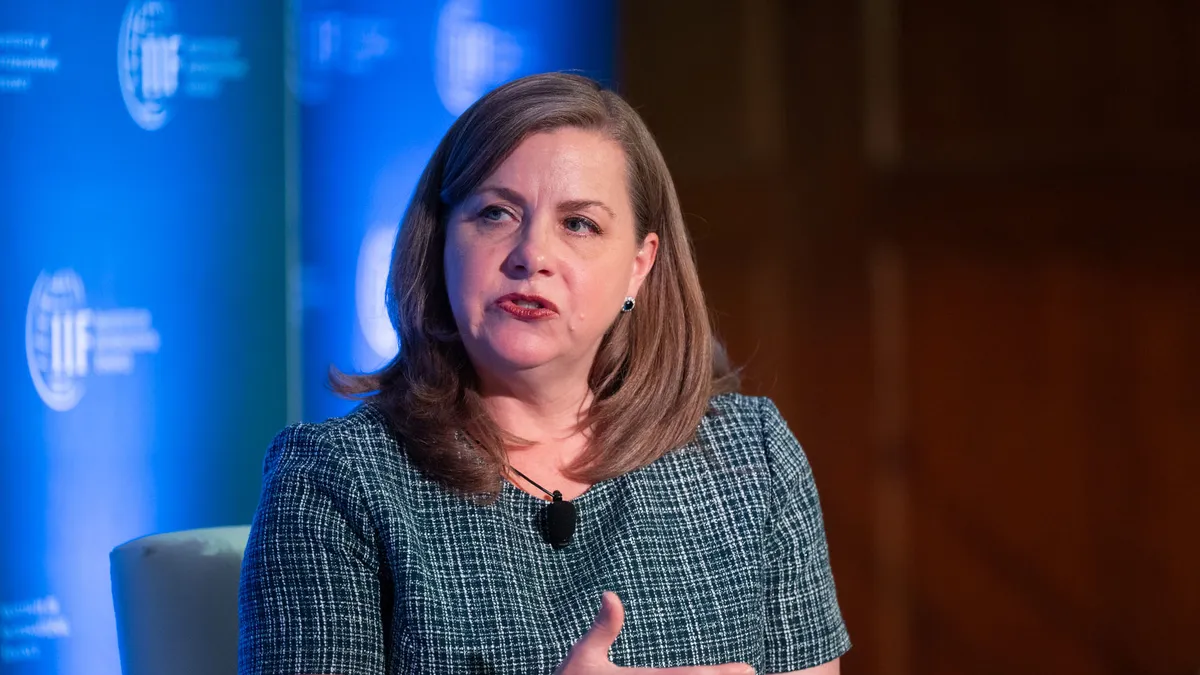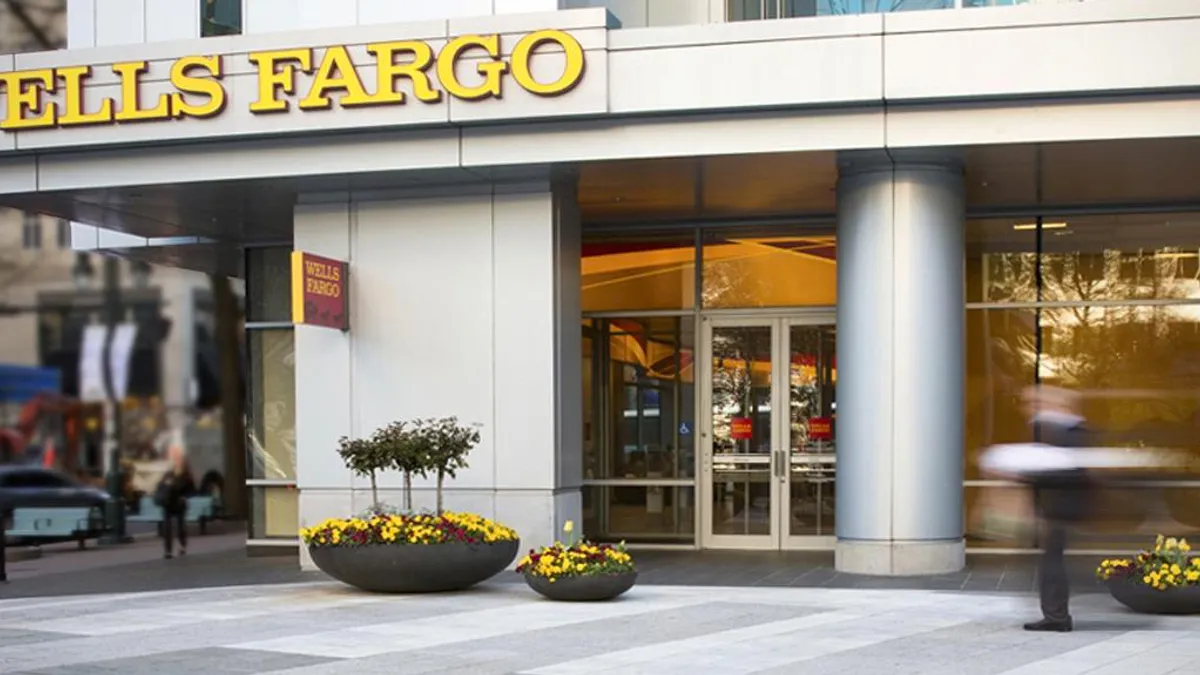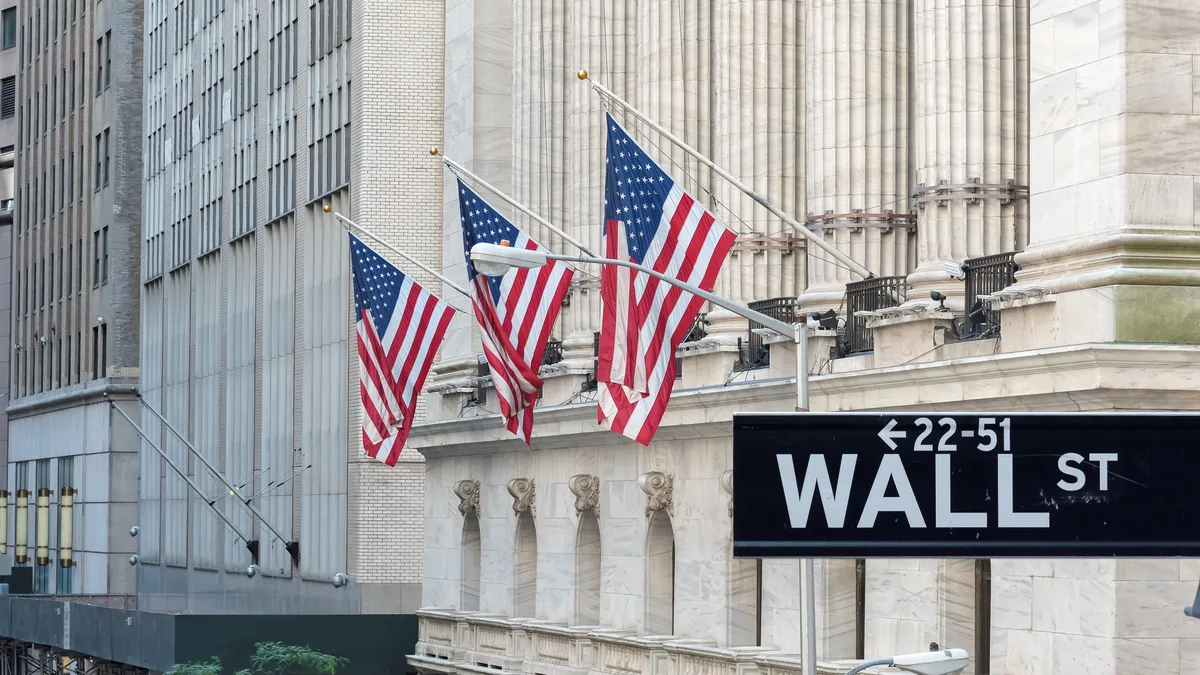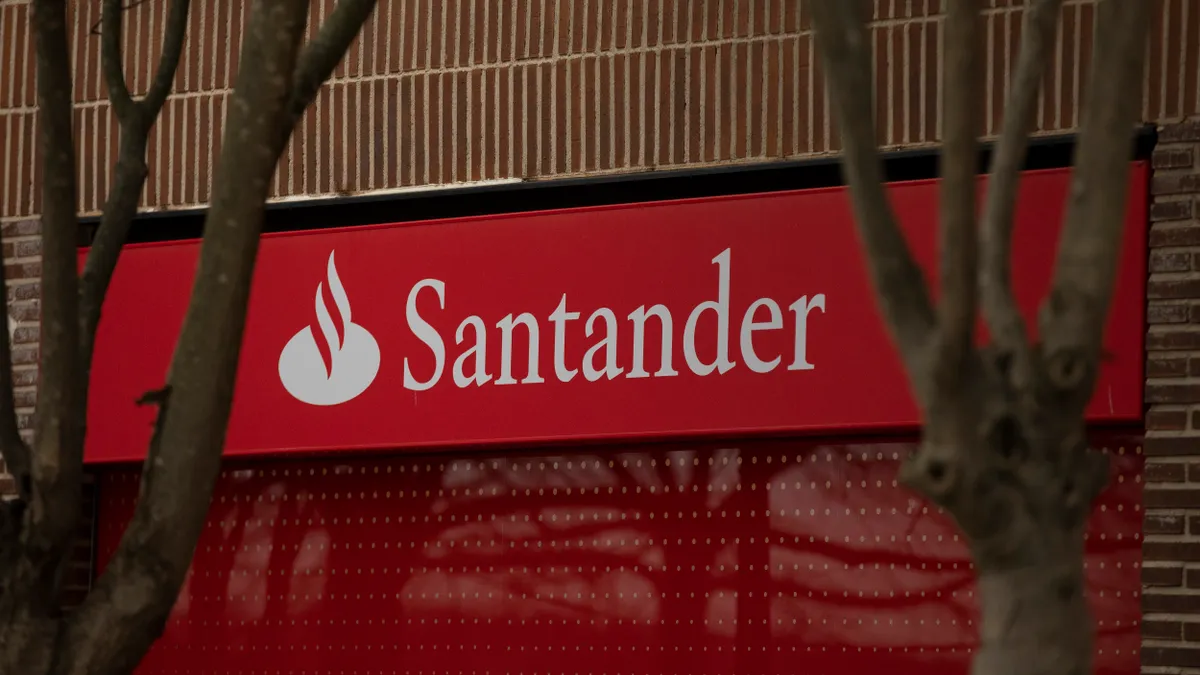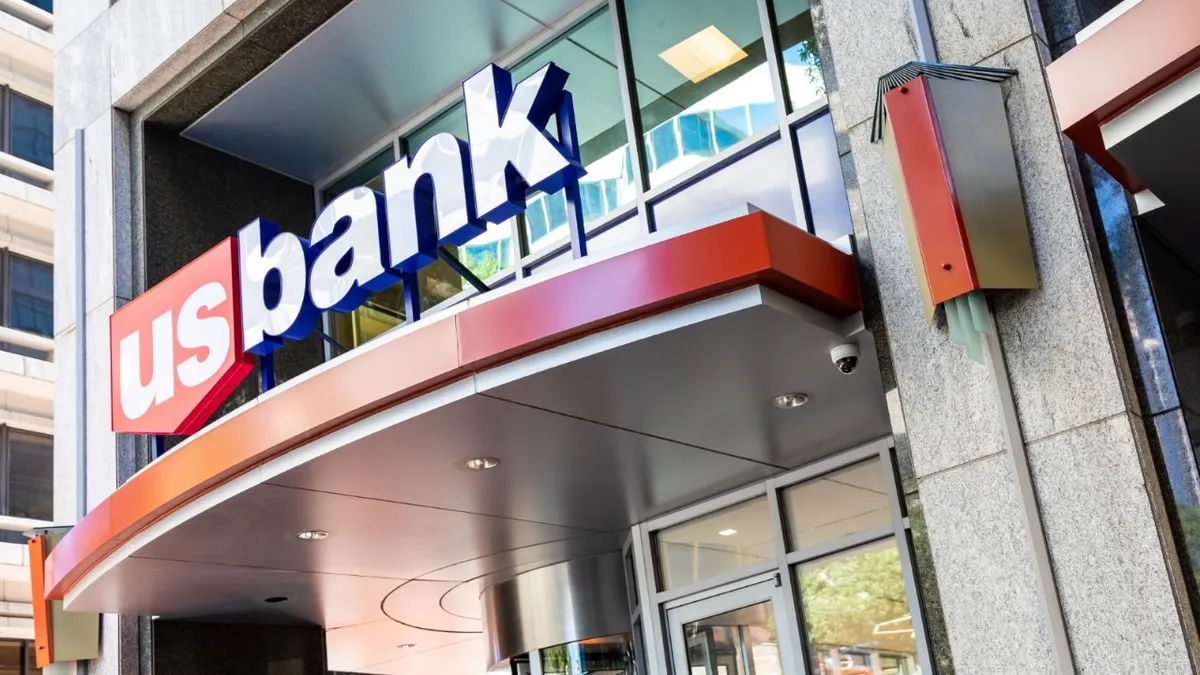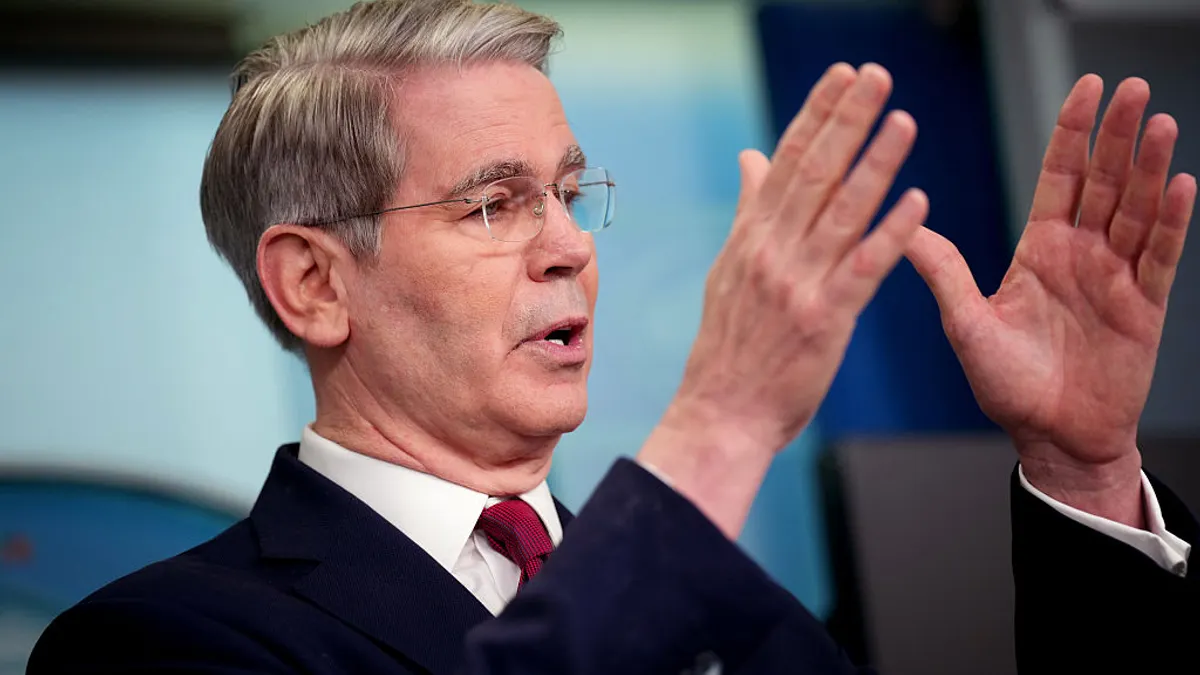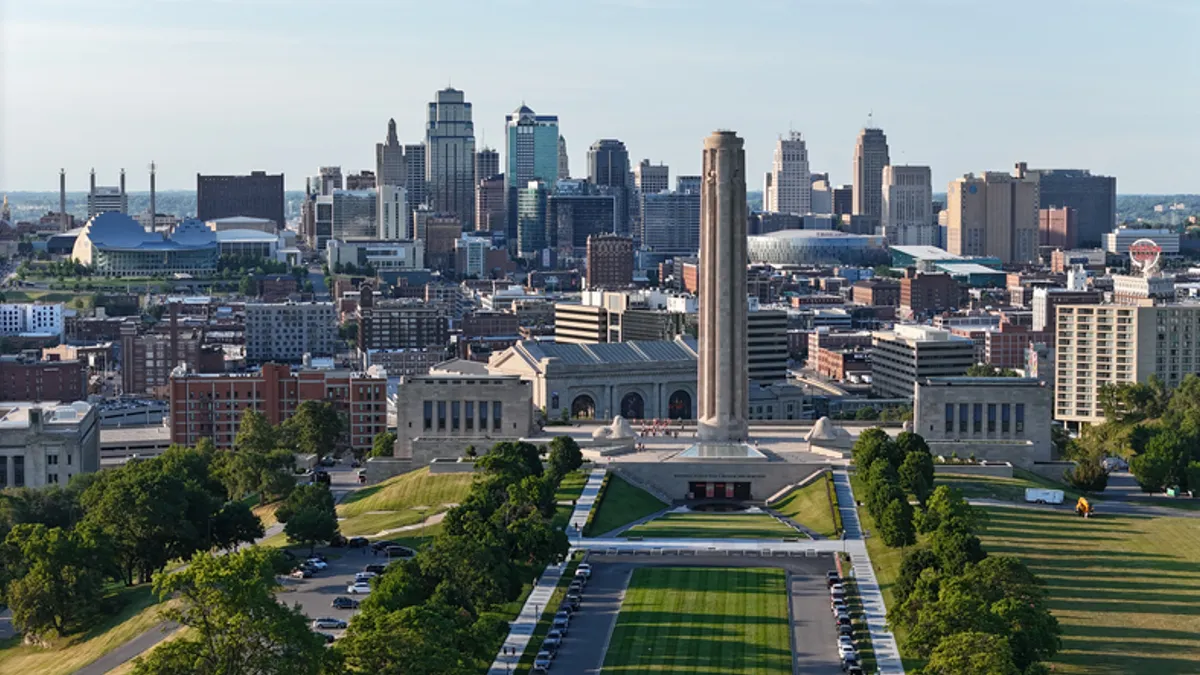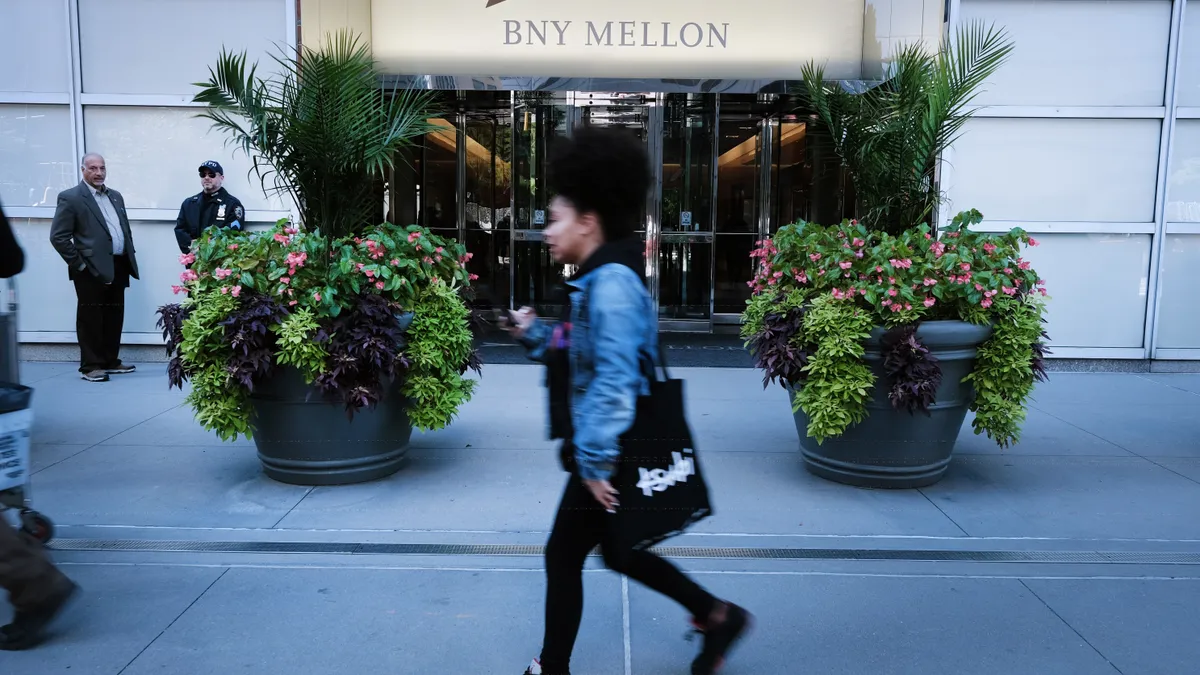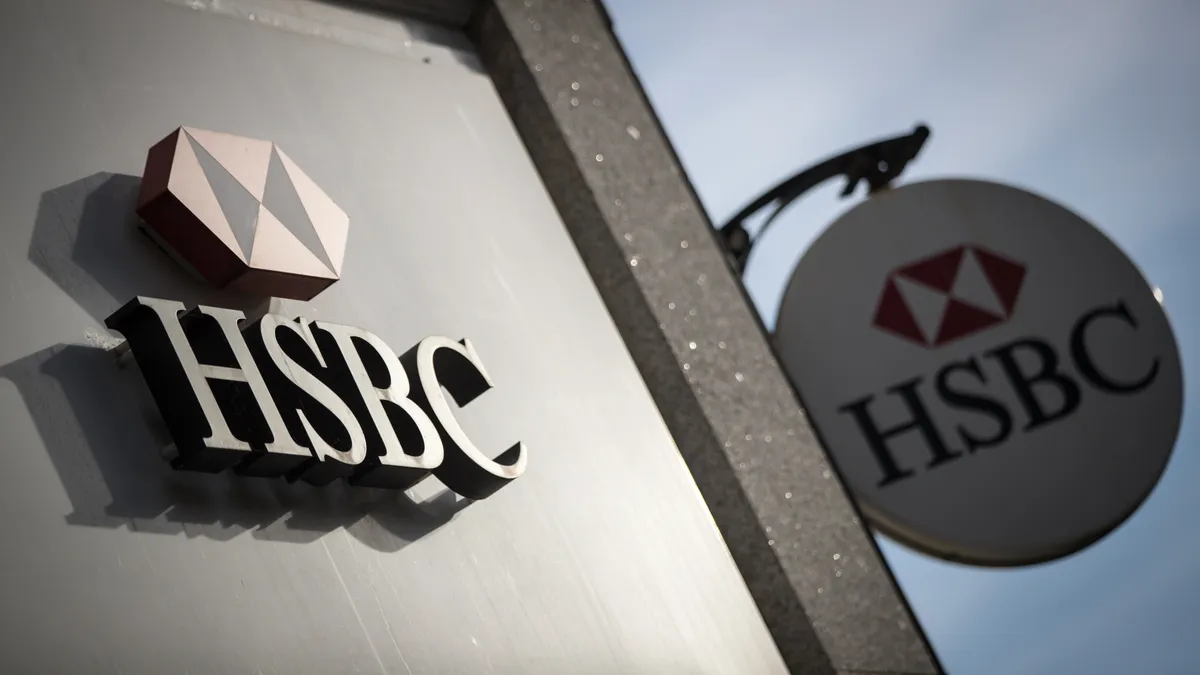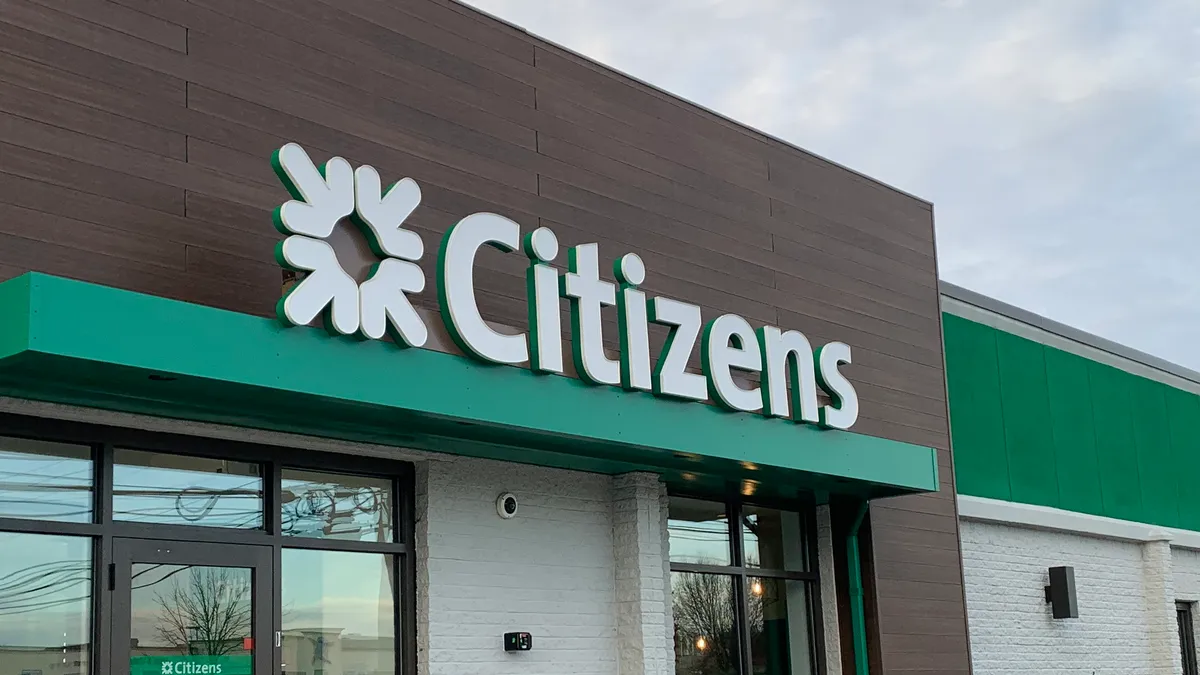As part of its banking inclusion initiative, Wells Fargo will soon add financial coaches and offer free workshops within certain branches in Chicago and Charlotte, North Carolina.
Those additions are part of the lender’s goal to have 50 HOPE Inside centers providing free financial education services within certain branches by the end of 2026, said Michael Martino, the head of diverse customer segments for consumer and small-business banking at San Francisco-based Wells.
The centers, offered through Wells’ partnership with financial empowerment nonprofit Operation HOPE, are already in more than 20 cities including Atlanta, Houston, Philadelphia and Seattle, as well as midsize markets like Anchorage, Alaska, and smaller ones like Gallup, New Mexico.
Wells has attracted its share of scrutiny for approving significantly more mortgage applications from white borrowers than Black ones and allegedly conducting sham job interviews to satisfy a diverse-hire policy. The bank commissioned a third-party racial equity audit in 2022 and revamped the hiring procedure in question.
Martino also leads Wells’ banking inclusion initiative, which is the lender’s commitment to help unbanked and underserved communities access low-cost bank products and financial education. That includes services like Wells’ BankOn checking product and its small-dollar loan offering. During a recent interview with Banking Dive, Martino shed light on other ways the bank seeks to narrow racial gaps in unbanked and underbanked segments.
Editor’s note: This interview has been edited for clarity and brevity.
BANKING DIVE: How does Wells Fargo consider and act on the findings from the latest Federal Deposit Insurance Corp. survey on unbanked and underbanked households, which showed persistent racial disparities?
MICHAEL MARTINO: Individuals that are still unbanked are disproportionately Black, Hispanic or Native American. There’s still a sense of distrust and that fees are still too high. Unbanked and underserved individuals continue to operate in a cash manner. One of the challenges with that is things are moving more digitally. It’s good to see unbanked individuals embracing digital capabilities. Our biggest opportunity is, how do we take those individuals adopting digital more frequently and translate that into financial services? As we educate people, how do we get them more comfortable with the tools that are out there for them?
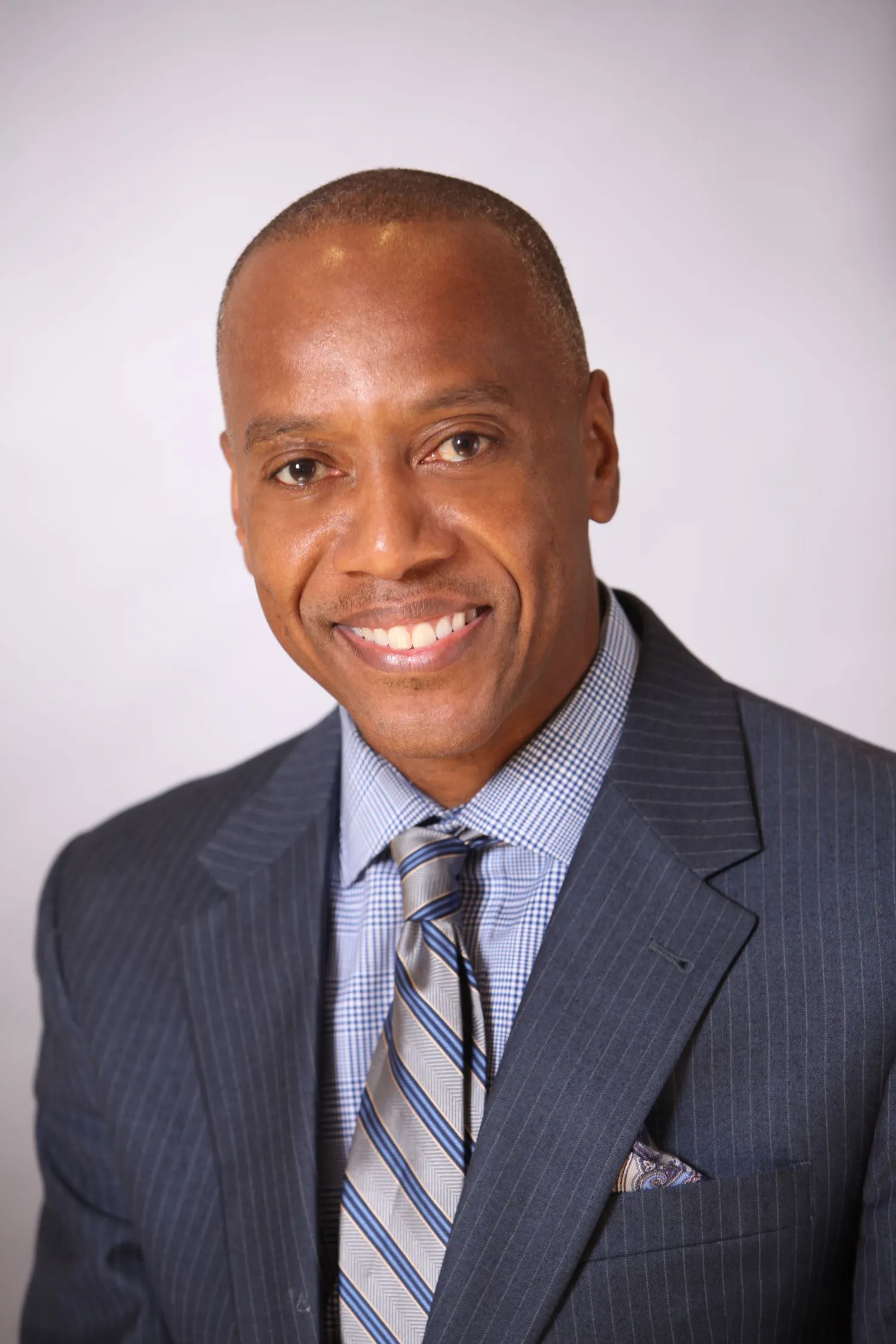
We’ve been focused on providing services that are in language and in culture, to create that sense of trust and transparency. For our Hispanic/Latino community, we now provide a digital account opening process entirely in Spanish, so an individual can follow the account opening process in their native language and really have a good sense of transparency, which leads to trust. We launched that last October and we’ve gotten great feedback on it. We’ve also put our [artificial intelligence]-powered virtual assistant Fargo in Spanish, and put our LifeSync tool, which provides a digital roadmap in terms of your budget and credit, in Spanish.
What about in-person efforts at branches?
We partner with Operation HOPE, an organization that’s focused on the experience of unbanked or underserved individuals coming into our branches. They provide budgeting opportunities, help them improve credit scores, increase savings and reduce debt.
We’re very strategic about where we place our HOPE Inside centers within branches. When we place those, we try to focus on all underserved communities. We do Operation HOPE grand welcomes: go into the community, spend the day welcoming people into the branch, we have food trucks, community partners there, we make it a whole experience for them so they can take care of all sorts of needs. We introduce individuals to the coaches at the branch, talk about making appointments and getting their budgets going.
We have 27 HOPE Inside centers within our branches. There’s a hub-and-spoke approach, so they cover four to five other branches in low- to moderate-income neighborhoods. Our goal is, by 2026, to have 50 HOPE Inside centers.
One of the things that we’ll be kicking off in January is a branch banking financial coach, and those individuals will do something very similar to what our HOPE Inside coaches do. This is our opportunity to really scale and do even more, and build out this work inside Wells Fargo.
How does Wells address a tricky issue like lack of trust in banks?
We look at creating transparency through products and services that appeal to individuals, where they don’t feel like they’re being taken advantage of. When there’s few banks, people don’t feel like there’s choice, necessarily, so it’s about putting resources in communities with few banks and providing spaces for them to bank. Operation HOPE has a great reputation around education and proven results in helping individuals improve credit scores and increase savings, so we help bring them into the mainstream of banking, which creates trust. And we partner with community groups like the NAACP and UnidosUS. These are organizations that people trust, and when we can partner with them, it’s powerful.
Why are these racial disparities so difficult to tackle?
Barriers to banking are not new. There’s things that have persisted over time, such as redlining, or how diverse communities have been treated historically. There’s work to be done to erase some of those stigmas. We don’t shy away from that. We acknowledge that those are things that have happened, and that’s why we’re working so hard with our banking inclusion initiative to drive those things out and show that we’re here to provide products and services that can help them financially.





